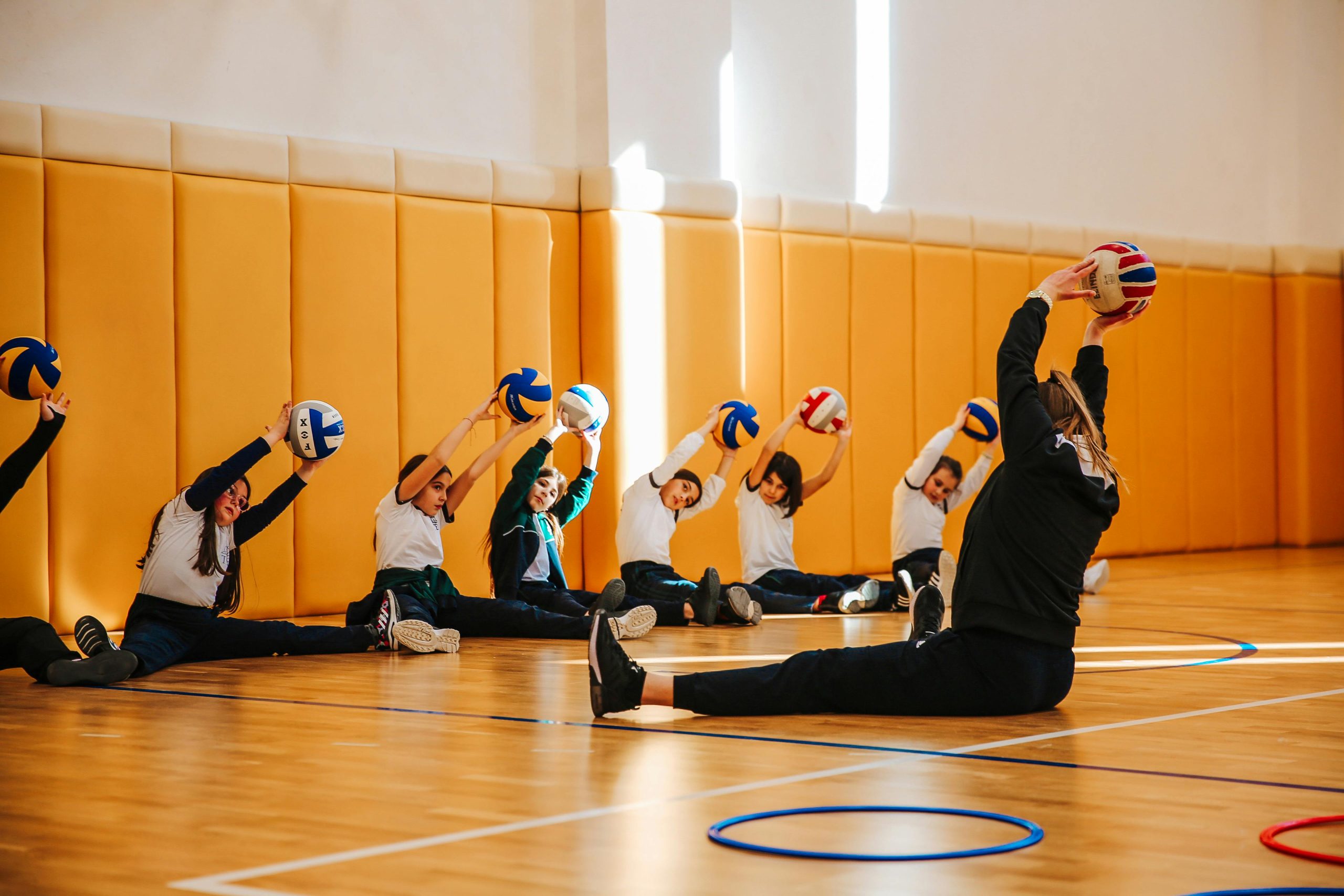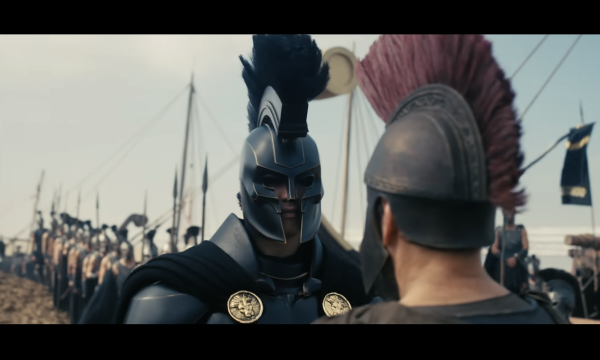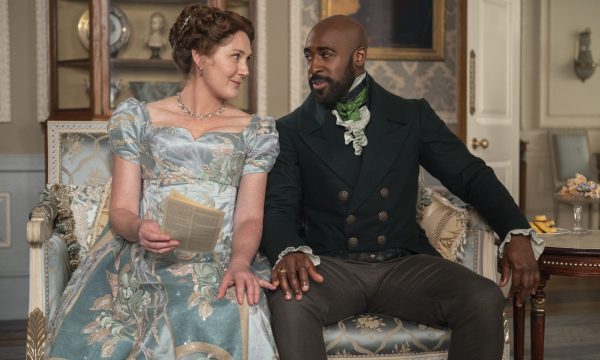Remember those mandatory fitness exams in P.E.? (Gen Z won’t, but Millennials will). Bend over and try to touch your toes, run a mile, etc.
In a move that may send a shiver down the spine of anyone who ever struggled through a pull-up in gym class, President Donald J. Trump has signed an executive order to revive the Presidential Fitness Test — the long-retired assessment of youth physical fitness that haunted schoolchildren for decades.
The test, which was discontinued in 2013 after nearly 50 years of sweaty palms and side cramps, is now making a comeback as part of a broader effort to combat what the President calls a national health crisis.
Presidential Fitness Test: Back from the Dead (and the Dodgeball Pile)
First introduced in the 1960s under President Kennedy, the Presidential Fitness Test challenged students to perform feats like timed sit-ups, shuttle runs, push-ups, and the ever-dreaded flexed-arm hang. For some, it was a rite of passage. For others, just trauma with a whistle.
Now, 12 years after its quiet retirement, the test is being revived and updated as part of the administration’s reimagined President’s Council on Sports, Fitness, and Nutrition. According to the new executive order, the test will be administered by the Department of Health and Human Services in coordination with the Department of Education.
Why Now?
“As the United States prepares to celebrate its 250th birthday in 2026,” the executive order states, “we must address the threat to the vitality and longevity of our country that is posed by America’s declining health and physical fitness.”
The President points to soaring rates of obesity, sedentary lifestyles, and poor nutrition — especially among kids — as issues that impact everything from military readiness and academic performance to national morale. And while it’s not quite “back to P.E. class with a vengeance,” the return of the Presidential Fitness Test aims to set new health benchmarks for the next generation.
Policy Goals: Fitness, Nutrition, and Maybe a Few More Push-ups
The newly restructured Council is tasked with:
-
Getting more kids into sports and active play,
-
Promoting daily movement and better nutrition,
-
Creating a “culture of strength, vitality, and excellence” (whatever that ends up looking like).
Up to 30 Council members will be appointed by the President, including athletes, educators, and other fitness-friendly figures. An Executive Director will lead operations and liaise with agencies, athletic institutions, and community groups.
Will It Still Include the Shuttle Run?
That remains to be seen. The order does call for “appropriate improvements” to the original fitness test — likely a nod to past criticism that it emphasized performance over personal progress. But the return of school-based fitness awards and national physical challenges is clearly on the table.
Other Council responsibilities include:
-
Partnering with athletes and sports organizations,
-
Hosting campaigns and events tied to national pride and athleticism,
-
Coming up with “bold and innovative” youth fitness goals,
-
And addressing the long-term health risks that could weaken both the workforce and the military.
The Bigger Picture
In a not-so-subtle nod to global sports diplomacy, the executive order highlights that the next three years will see the U.S. host major sporting events including the Ryder Cup, President’s Cup, FIFA World Cup, and Olympic Games. The hope is that these events will inspire a nationwide recommitment to physical activity.
Is This Just Another Round of “Make America Healthy Again”?
Sort of. President Trump says this is a continuation of his previous initiatives, including the Make America Healthy Again Commission, and a follow-up to past versions of the Council originally established in the Eisenhower and Kennedy eras.
As for the rest of us? It’s time to dust off those gym shorts. The Presidential Fitness Test is no longer just a relic of the ’80s and ’90s — it’s back, and this time, it’s federal.














